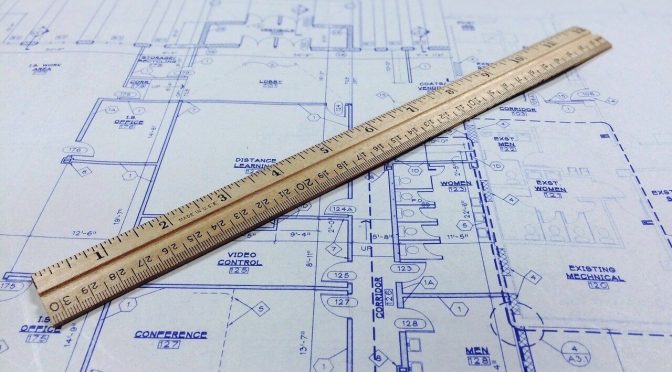The planning system is set to face a shake-up unlike anything seen since the Second World War, according to the Prime Minister in a speech he gave in Dudley last week.
Outlining his strategy for economic recovery in a post-Pandemic world, Boris Johnson said that the government will “build, build, build” its way out of the crisis so the UK can “not just bounce back but bounce forward stronger and better and more united than ever before”.
Warning of “full economic reverberations” from the impact of the Coronavirus lockdown following a “vertiginous” drop in GDP, the Prime Minister set out his plan to overhaul the planning system. His goal? To accelerate construction of infrastructure projects and create opportunities for young people to get on the housing ladder “like their grandparents did.”
What are the new planning rules?
Set to come into effect this September, new regulations will allow:
- Buildings and land throughout town centres to change use without planning permission, meaning a newly vacant shop can be converted into a house with fewer hurdles along the way. It could also be renovated for use as a café or office without the need for planning application process or local authority approval.
- The build of new homes from the regeneration of unused and redundant buildings.
- Homeowners to make structural changes to their properties to create additional space via a fast-track planning approval process, subject to neighbour consultation. (Think loft conversions, or garage renovations.)
- Critically, the rules do not cover pubs, libraries, village shops and other buildings deemed essential to local communities.
Number 10 said the changes “will both support the high street revival by allowing empty commercial properties to be quickly repurposed and reduce the pressure to build on green field land by making brownfield development easier“.
And they added: “Developers will still need to adhere to high standards and regulations, just without the unnecessary red tape.”
Build, build, build / cost, cost, cost
As part of the government’s gargantuan planning reform, £5billion worth of capital spending will be brought forward to support the development of roads, rail, schools and high streets. From this budget, a £12bn affordable homes programme has been announced as the key to supporting up to 180,000 new affordable homes for ownership and rent over the next 8 years, confirmed today.
Furthermore, funds from the £400m Brownfield Land Fund have today been allocated to the West Midlands, Greater Manchester, West Yorkshire, Liverpool City Region, Sheffield City Region, and North of Tyne and Tees Valley to support around 24,000 homes.
“We won’t get everything right,” he admitted. “This is the moment to be ambitious… to rise to the scale of the challenge and the opportunity. We will together build our way back to health.”
That’s all well and good – in theory. In the spirit of “keep calm and carry on” or its most recent iteration “get on with it”, breaking down the legal barriers that stand in the way of more homes during a time of crisis makes sense. It also fits neatly into the rhetoric of rebuilding post-war – the Covid-19 pandemic being the proverbial blitz that battered the British economy.
The question is, will dismantling the current system for the purpose of accelerating homebuilding and infrastructure be a boon or a bust for a nation in crisis?
Watch this space for the latest news and opinions on planning law developments or get in touch with our team for tailored advice on property and planning law.



